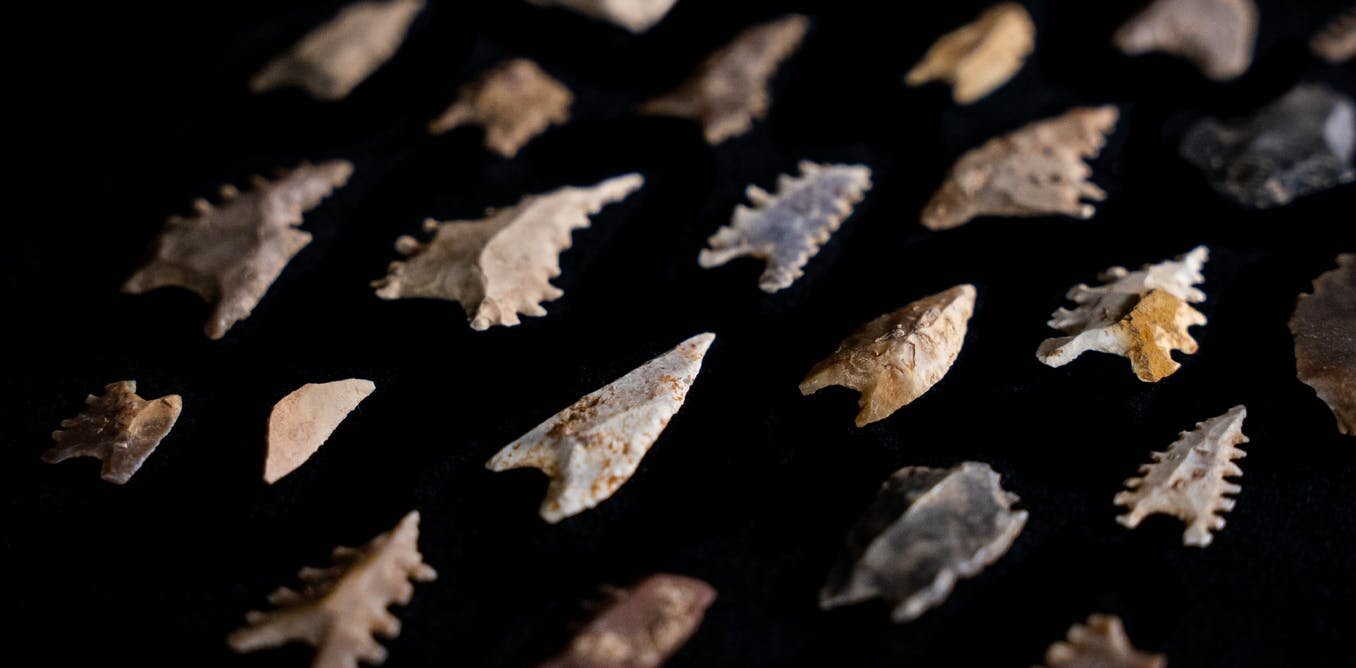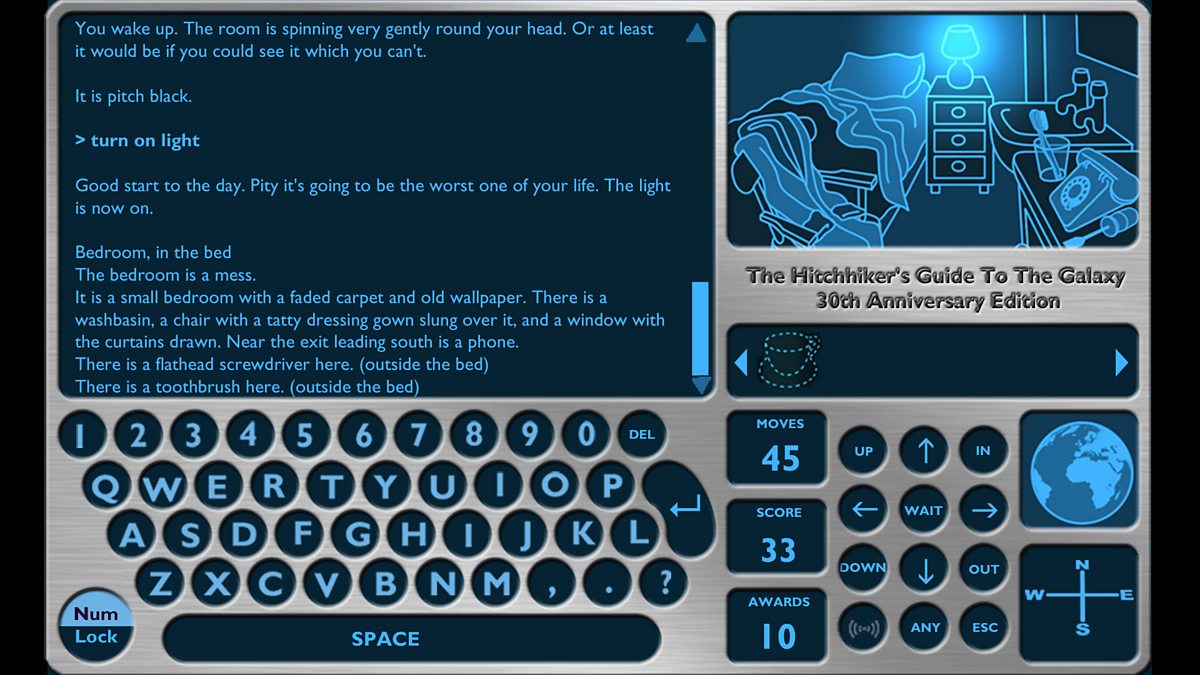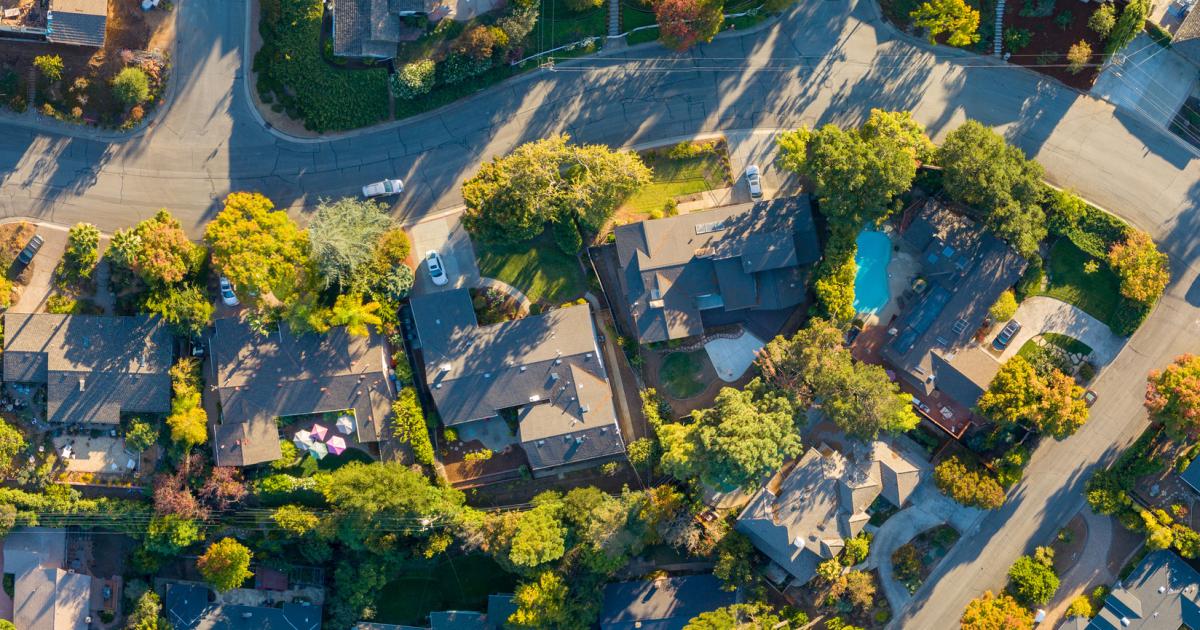
Ancient Genomes Reveal Which Children the Maya Selected for Sacrifice
In the spring of 1967, workers building a small airport behind Chichén Itzá, the ancient Maya city in Mexico, ran into a problem: Their excavations had uncovered human remains in the pathway of the proposed runway. The airport was set to serve V.I.P.s who wanted to visit Chichén Itzá. But with the remains so close to a major archaeological site, the work had to be halted until the bones could be examined.
Any hope for a quick resolution dissolved when archaeologists who were called to the scene uncovered a chultún — an underground rainwater-storage container that, in Maya mythology, was viewed as an entrance to the subterranean land of the dead. Connected to the cistern was a cave containing more than 100 sets of human remains, almost all belonging to children. In a push to finish the airport, researchers were given just two months to excavate and exhume the cache of bones.
Nearly 60 years later, ancient DNA extracted from 64 of the children is offering new insights into the religious rituals of the ancient Maya and their ties to modern descendants. In a paper published on Wednesday in the journal Nature, an international cohort of researchers revealed that the children — sacrificial victims killed between 500 and 900 A.D. — were all local Maya boys who may have been specifically selected to be killed in sibling pairs.
Leave a Comment
Related Posts
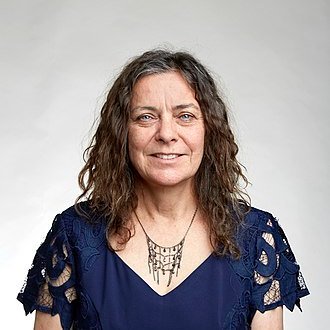
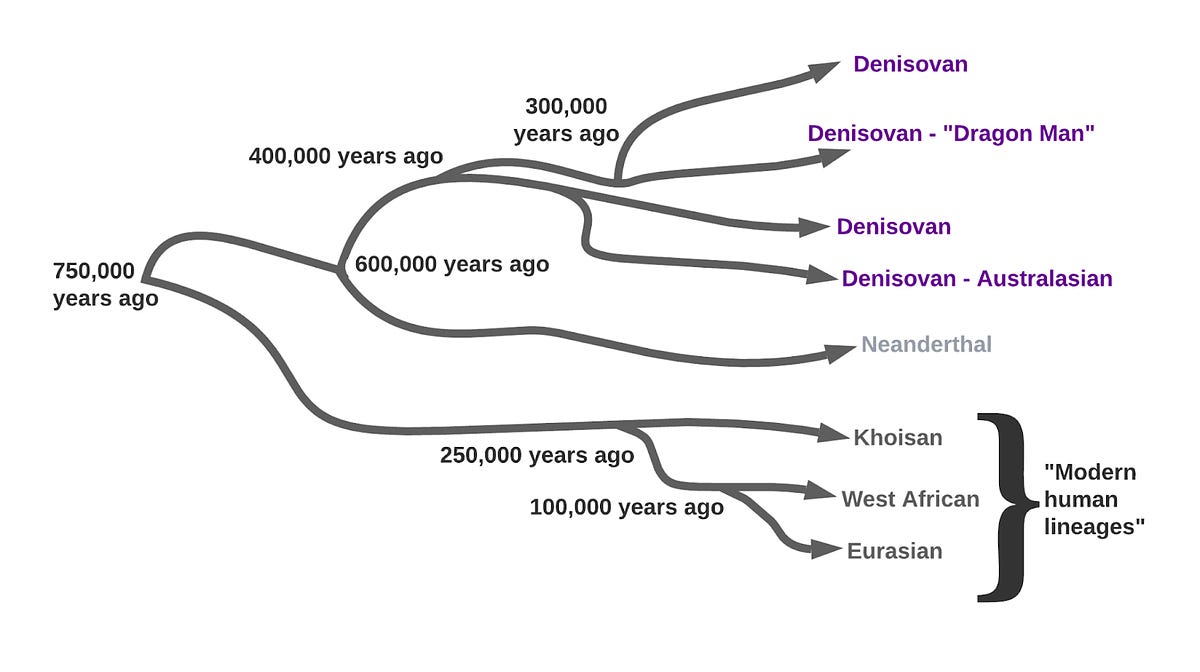





/https://public-media.si-cdn.com/filer/9f/61/9f610676-9962-4627-ae89-bf59fc6cb735/lod_mosaic_lower_register_web.jpg)
